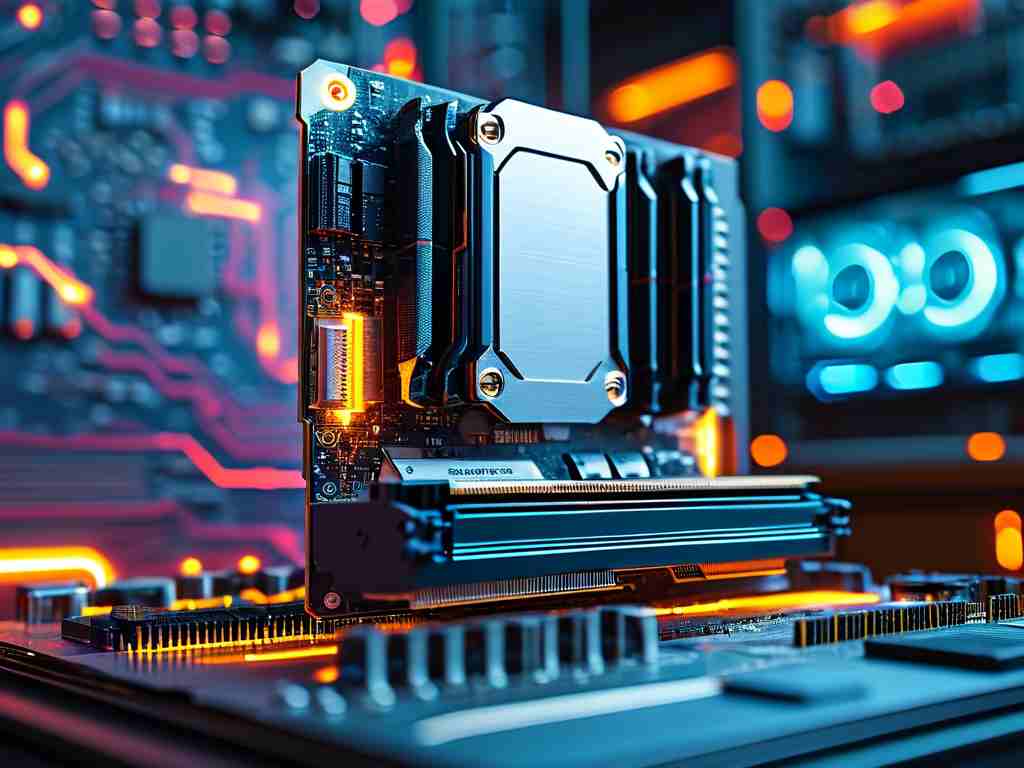Understanding how to calculate memory module capacity is essential for optimizing computer performance, whether you're building a custom PC or upgrading an existing system. This guide explores the mathematical formulas and practical considerations involved in determining the right memory configuration for your needs.

The Core Formula
The fundamental formula for calculating total memory capacity is:
Total Capacity = Number of Modules × Capacity per Module For example, four 8 GB memory sticks provide 32 GB of total RAM. However, real-world applications require deeper analysis. Modern systems leverage dual-channel or quad-channel architectures, which influence performance but not total capacity calculations. When planning an upgrade, always verify your motherboard’s maximum supported memory and channel configuration.
Channel Configuration Considerations
Dual-channel setups double the data transfer rate between memory and the memory controller by pairing modules. While this doesn’t change the total capacity calculation, mismatched modules (e.g., 8 GB + 16 GB) may limit channel efficiency. For optimal performance, use identical modules in paired slots. The formula for channel-aware capacity remains:
Effective Capacity = Σ(Matched Pairs) + Σ(Unpaired Modules) This means two 16 GB sticks in dual-channel mode deliver full 32 GB capacity, while a mixed setup of 16 GB + 8 GB would operate with 16 GB in dual-channel and 8 GB in single-channel mode.
Error-Correcting Code (ECC) Memory
Servers and workstations often use ECC memory, which reserves additional capacity for error detection. A 16 GB ECC module typically allocates 1-2% of its capacity for parity data. The formula adjusts to:
Usable Capacity = Stated Capacity × (1 - ECC Overhead) For instance, a 32 GB ECC module with 1.5% overhead provides 31.52 GB of usable space. Consumer-grade non-ECC memory doesn’t require this adjustment.
Overclocking and XMP Profiles
Enthusiasts using extreme memory profiles (XMP) must consider voltage and timing constraints. While overclocking doesn’t affect capacity calculations, unstable configurations may lead to system crashes, effectively reducing usable memory. Always test configurations with tools like MemTest86 after adjustments.
Real-World Application Example
Consider a video editing workstation requiring 64 GB RAM. Using 32 GB modules:
64 GB ÷ 32 GB per module = 2 modules This allows dual-channel operation with two slots free for future expansion. Alternatively, four 16 GB modules achieve the same capacity while utilizing all channels. The choice depends on upgrade flexibility and thermal constraints.
Virtual Memory Implications
While physical RAM calculations are straightforward, virtual memory management involves swap files and operating system optimizations. The formula:
Effective Available Memory = Physical RAM + Page File Size Windows systems typically manage this automatically, but professionals working with large datasets may manually adjust virtual memory settings.
Industry Trends and Future Proofing
With DDR5 modules now offering up to 128 GB per stick, capacity planning has become more flexible. However, newer standards require compatible motherboards and processors. When calculating future upgrades, consider:
- Platform longevity
- Memory technology generations
- Workload scalability
Common Pitfalls to Avoid
- Mixing memory speeds: All modules default to the slowest stick’s speed
- Ignoring rank configurations: High-density modules may reduce compatibility
- Overlooking BIOS limitations: Older firmware might not recognize newer high-capacity modules
By mastering these calculation principles and staying informed about hardware developments, users can make cost-effective decisions that balance immediate needs with long-term scalability. Always cross-reference manufacturer specifications and consult compatibility lists before finalizing memory configurations.









